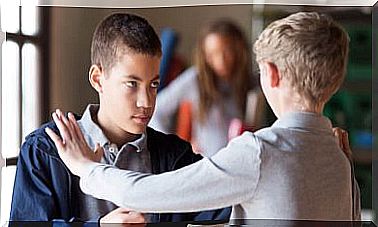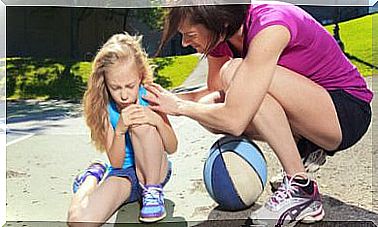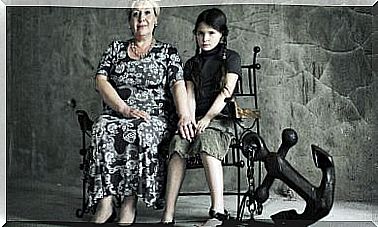Educational Needs Of Deaf Children
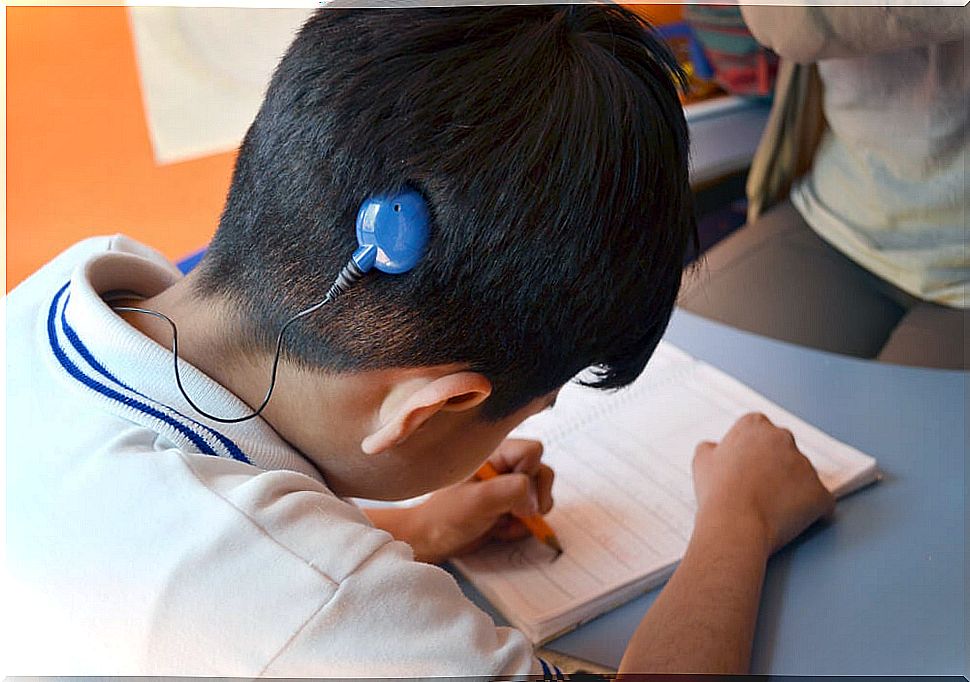
The current educational system aims to include all types of students, among which students with hearing problems can be found. These have to be properly cared for depending on their difficulties. For this reason, we have prepared this article on the educational needs of children with deafness.
Keep in mind that these children have a basic sense affected. This deficiency in auditory perception can cause a multitude of problems in school and in daily life.
Educational needs of children with deafness
The fact that a child is deaf or hard of hearing entails a series of difficulties in cognitive development, since not hearing correctly implies:
- Have less curiosity and motivation about events in the environment and, consequently, less knowledge of the world.
- Present linguistic problems that make it difficult to incorporate and communicate through oral language.
- Experience few social interactions with other children because of communication problems.
- Having to undergo a process of adaptation to hearing aids. These serve to alleviate hearing difficulties, that is, they must learn to use hearing aids and cochlear implants effectively.
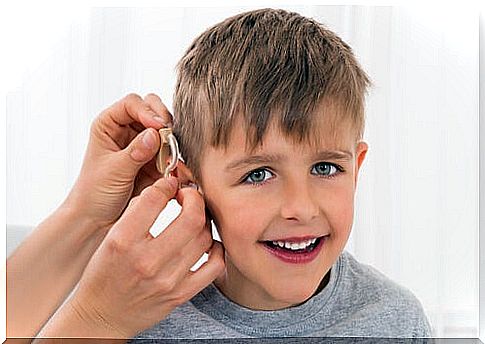
Measures to address the educational needs of children with deafness
At school, teachers must be responsible for promoting communication in the classroom, taking the following measures:
- Anticipate written information before imparting the content of linguistic competence.
- Remember what was done in the previous class and relate it to the new content.
- Avoid too long oral exposures.
- Explain the syllabi with examples and practical demonstrations.
- Provide visual support materials.
- Use accessible computer media.
- End the classes with a recapitulation of the contents studied.
- Adapt the texts, if necessary.
- Increase the time of exercises and evaluation tests.
- Present in writing possible clarifications or indications for carrying out an activity.
In addition, it must be taken into account that the acoustic and visibility conditions in class are appropriate. For this, it is recommended that the deaf student sit in the second row, so that he can have good visibility of the teacher and his classmates.
In this sense, it is also important that the teacher never has his back to the light or windows, and that he assigns and respects speaking turns. Therefore, in general terms, it can be said that teachers should be in charge of reflecting and learning about the educational needs of each specific case, in order to get the most out of the deaf child.
Curricular adaptations and support teachers
In addition to the aforementioned measures, with children with deafness, curricular adaptations must be carried out. These must be adjusted to the level of competence of the students, mainly in the areas in which they may have more difficulties, such as:
- Oral language. They require intervention with a speech therapist to learn and use oral language correctly. They may also require the teaching of a manual communication system (sign language).
- Foreign language. To learn a foreign language, they need objectives based on an understanding of the existence of other oral language systems. In addition, we must focus on teaching the use of expressions of very common use.
- Music. They must learn music through the development of body language, rhythm, and vibratory and tactile stimulation with musical instruments.

Likewise, students with deafness or low hearing usually have individual sessions with the Therapeutic Pedagogy (PT) and Hearing and Language (AL) teachers. Thus, they have a reinforcement to work in depth on certain contents and aspects in which they may have greater difficulties due to their condition. For example, in the development of language, literacy, logical-mathematical thinking, etc.
Likewise, the student may require the presence of a sign interpreter in class, so that the child has more or less support from this person depending on his level of communication development in:
- Oral language.
- Sign language.
In conclusion
Ideally, teachers in all mainstream schools should have sufficient preparation to deal with deaf students in their classrooms. Teachers should be trained in the use of:
- Alternative and augmentative systems of communication.
- Teaching methodology for hearing impaired students.
Unfortunately, this is not usually the case, so there is still much to do from educational institutions to ensure that these children enjoy full equity in their education.






